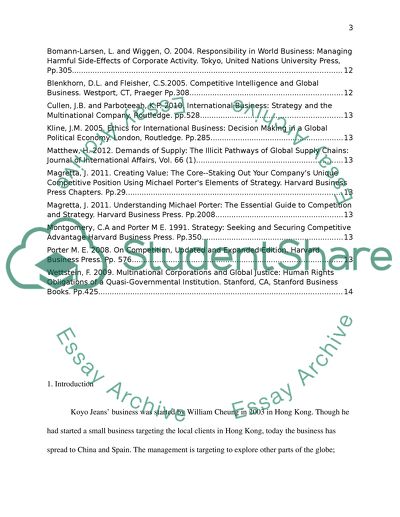Cite this document
(Internationalization of Koyo Jeans from Hong Kong Term Paper, n.d.)
Internationalization of Koyo Jeans from Hong Kong Term Paper. Retrieved from https://studentshare.org/marketing/1465887-evaluating-internationalization-strategy
Internationalization of Koyo Jeans from Hong Kong Term Paper. Retrieved from https://studentshare.org/marketing/1465887-evaluating-internationalization-strategy
(Internationalization of Koyo Jeans from Hong Kong Term Paper)
Internationalization of Koyo Jeans from Hong Kong Term Paper. https://studentshare.org/marketing/1465887-evaluating-internationalization-strategy.
Internationalization of Koyo Jeans from Hong Kong Term Paper. https://studentshare.org/marketing/1465887-evaluating-internationalization-strategy.
“Internationalization of Koyo Jeans from Hong Kong Term Paper”, n.d. https://studentshare.org/marketing/1465887-evaluating-internationalization-strategy.


